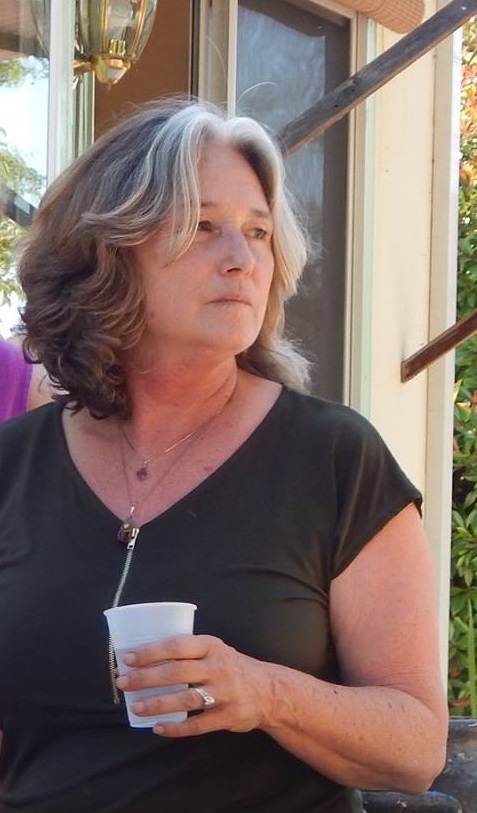Elaine and I arrived early one June morning to harvest yarrow that grows along the coastal Bodega Bay ridge overlooking the Pacific Ocean. Against the sea’s firm and salty breeze, their unassuming white heads were not easy to discern. They did not draw attention to themselves with flashy colors or extraordinary eye-catching shapes. In fact, the bulk of their blossoms, fortressed by feathery leaves that fanned out around them, faced inward, which made them less visible to the untrained eye.
Scattered in this wet, sandy soil, they had grown strong and resilient. Just as one would expect weeds to be. These simple beauties can thrive in less than ideal conditions. And they do so without forfeiting any of their lacelike qualities.
Here above the beach they are just as hearty as they were when they received their mythical name. Achillea millefolium is derived from the Greek character Achilles, who reportedly carried this plant with his army to treat battle wounds.
As we glanced across the marine landscape, Elaine pointed a few of the yarrow clusters out to me. After that it was easy to see they had taken root in communal circles that appeared social in nature. There was a grace in how they ordered themselves much like what I would expect to find at a tea party: a smattering of tables, distinct from one another in size yet connected by a theme of acceptable conduct. The very youngest and most tender among them were well-cloaked beneath the umbrella heads of the more mature ones. This allowed these early bud yarrows to remain untouched until they had grown beyond their botanical adolescences. By the same measure, the older ones towered over the just mature ones and had already begun to arch their flower heads outward, making them easiest to reach.
Just below the surface of the wind’s early day howl, yarrow heads of all ages gently bobbled. It was a floral chatter, a barely audible click and clack of seeds still clutched tightly and those soon to be released. I could hear the hum of aliveness pass among them. It was confident and bustling. Their net of communication was sustained by holding steady—from one branch to the next—against the ebb and flow of cold gushes of air that carried away seagulls and hurried grass spiders.
Following Elaine’s example, I began my herbal harvest. Somewhat clumsily, as I was new to this yarrow, I approached a cluster and clipped several heads. Too tempted by their beauty, I took a few young ones before I realized I was being greedy. Their youthful freshness was so attractive, so appealing. I acted without thinking. They did not complain. It is not their nature to do so. Instead they endured my misstep with dignity and the release of a collective sigh that caused me to pause and think about what I had done. Their response gave me an opportunity to feel the taint of my own lustful behavior. Ashamed, I apologized and made sure to seek permission before removing another head of any age. Each time I asked and received—or was denied—I gave thanks.
The yarrow offered me so much that day. And beyond.
The liquid essence of their gift is now distilled in a tincture that, when taken, nestles me beneath the protective caps of their round open heads. I am again with them on that ridgeline where we first met. Upon my request, their leaves spread to enclose me. In their circle of safe keeping where rest comes more easily, I do not feel the threat of tides rising around me.


